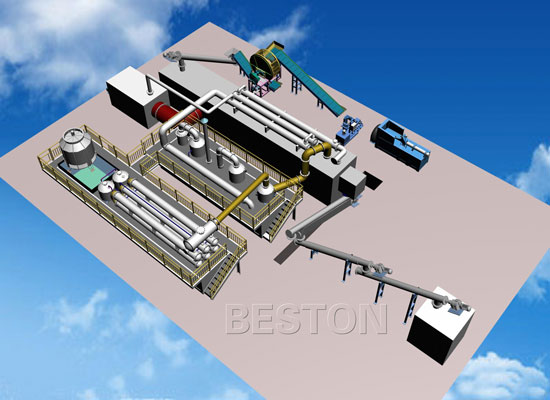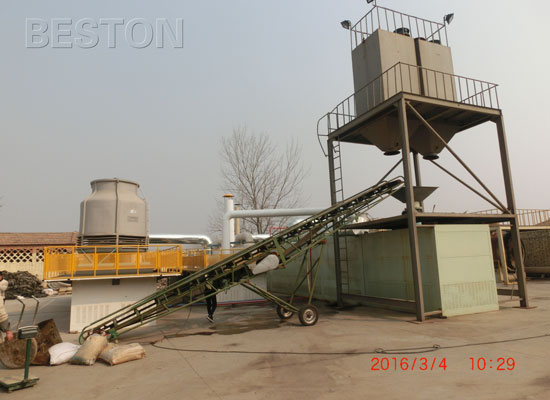Disposal associated with solid wastes due to human activities has become an increasing environmental concern for modern day society, particularly on the developing countries. Scrap or waste tires happen to be the most common and more important of the solid wastes that are hazardous across the globe. Today the latest waste tires to oil technology (https://tyrepyrolysisplants.net/tires-to-oil-technology.html) also known as pyrolysis technology that is able to decrease the massive amount of these waste tires but also result in the production of profits for end products along with protection of the surrounding environments, such as waste tires to oil plants.

Pyrolysis in basic terms involves thermal decomposition of tires at extremely high temperatures that range between 300 to 900 degrees Celsius in oxygen-free atmospheres. Through the waste pyrolysis machine, the waste tires are recycled effectively into products such as steel wire, carbon black and tire oil. These are pyrolysis products which are applicable in a variety of fields.
An example of this is that tire oil is used widely as a type of fuel oil for industries such as boiler, iron and steel factories, chemical, power or ceramics industries. This tire oil is also useful for generators to gain electricity. The carbon black is also used to make construction bricks combined with clay. The steel wires are recycled to smelting plants.
The Waste Tires to Oil Recycling Process
The waste tires to oil technology process involve the following processes:
• Placing the waste tires inside a reactor and making the reactor rotate clockwise. The feeding inlet door needs to be sealed tightly to ensure there are no gas leakages.
•The reactor can be heated using wood, fuel gas, charcoal, coal etc. as the heating materials. As the reactor heats up slowly, at around 250 degrees, the oil gas starts to form.
• Oil gas that comes from the reactor then goes into a condensing system to arrive at the liquid oil. Gas which doesn’t liquefy under these pressures is designed to flow back into the combustion system via a safety device. This gas is then recycled in order to heat up the reactor in the form of a fuel, which saves energy in regards to the entire working process.
• Once the oil production is complete, the reactor’s temperature begins to cool down. Once the temperature reaches 40 degrees, the steel wire and carbon black is obtained.

Once this pyrolysis process is complete, the end products include steel wire, carbon black and tire pyrolysis oil. This fuel oil is used in the form of industrial-fuel materials for the purpose of burning or to further refine the product into diesel.
Benefits Of Converting Tire Waste Into Energy
One of the main advantages assocaited with waste tires to oil technology has to do with decreasing the waste tires that land up in the landfills. The other benefits are associated with the creation of cleaner fuels compared to the more traditional mining and oil wells and improving the surrounding environment. This provides a beneficial manner in which to take these waste materials and convert them into useful and cleaner products, compared to burying them in the landfills. This is massive benefit to the environment as well as the public.